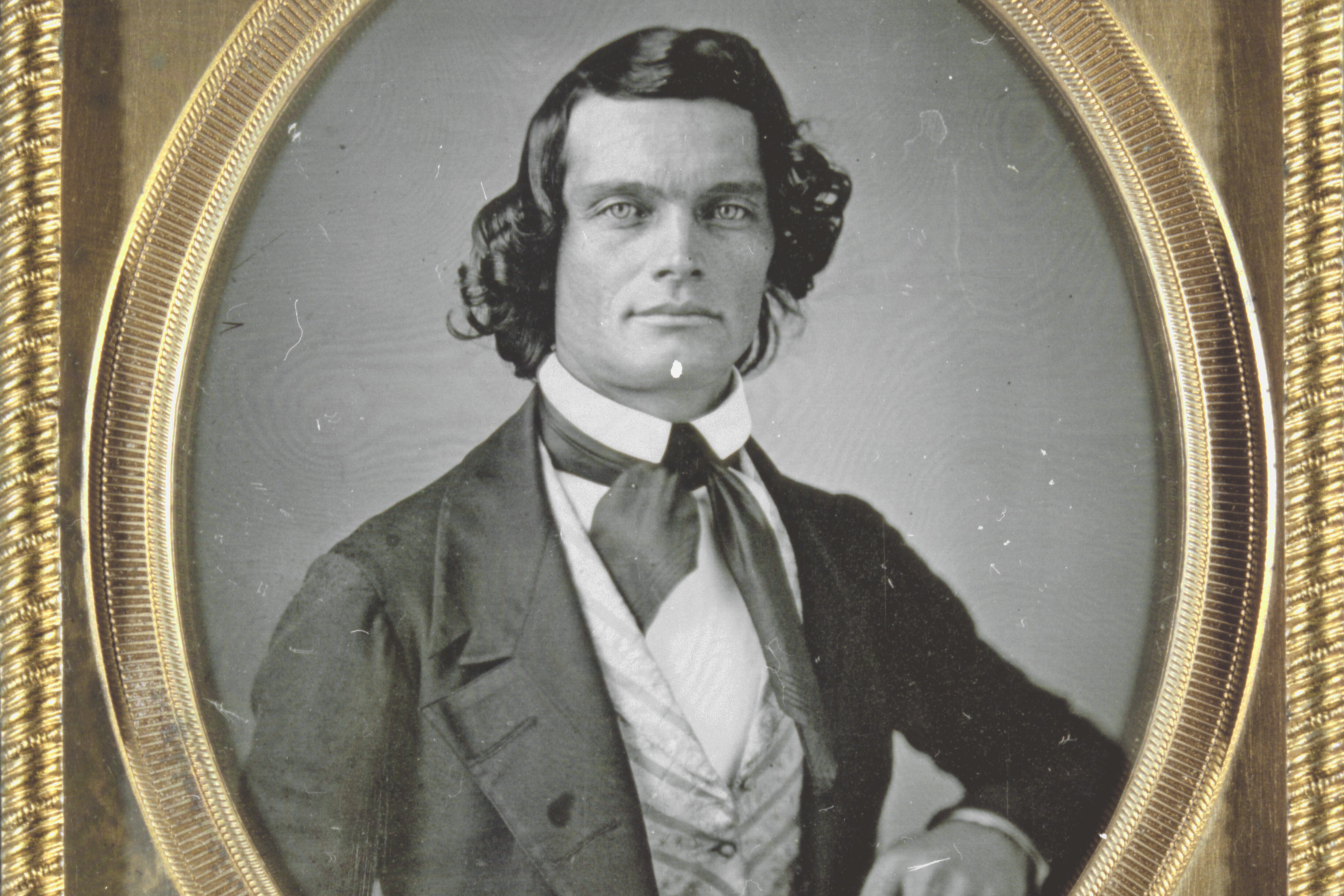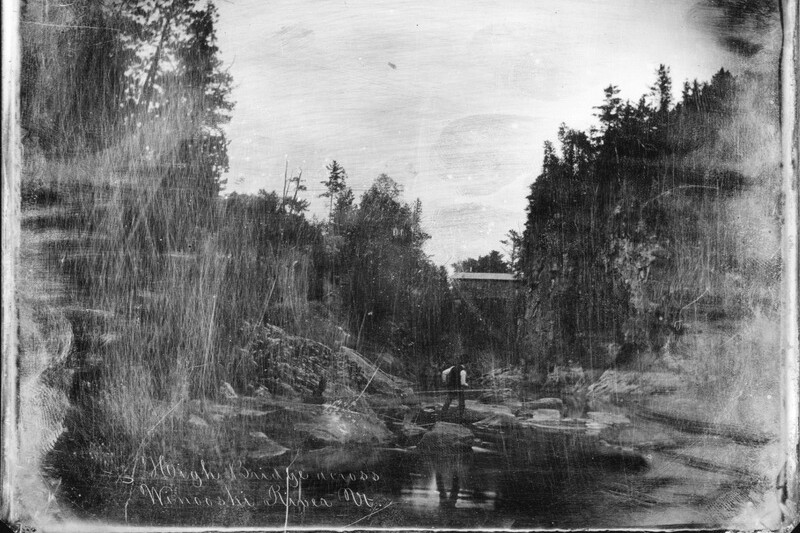Thomas Martin Easterly
Learn more about Easterly, a prominent American 19th Century Daguerreotypist from Vermont.
Thomas Martin Easterly was born in Guilford Vermont in 1809. Later he moved to Brattleboro. During his school years, he developed an expertise in writing. Easterly became a travelling calligrapher in the 1830s. Meanwhile, French artist Louis Jacques Daguerre developed the daguerreotype.
Daguerreotypes were the first publicly available photographic process, introduced worldwide in 1839. Easterly began developing his own photographic skills in 1844. Easterly took some of the earliest known photographic images of Vermont. In fact, his photographs were made almost a generation earlier than the wet-plate collodion images taken around the time of the Civil War.
Daguerreotypes had an enduring impact on American society. For the first time, many Americans could have a picture of themselves or their loved ones in their home. Photographs cost less than portrait paintings. They took less time to make, too. Posing, shooting, and processing took about 45 minutes in all. Easterly understood daguerreotypes as a method to record the present, but also to preserve the past for generations to come. In an 1864 advertisement he wrote, “It will doubtless out live you, your grand-children, and your great-grand-children.” Easterly's early images of Vermont were considered before their time because they focused on landscapes instead of portraits. He captured enduring images of places of interest like the University of Vermont Mill building and the Vermont Asylum for the Insane (now, Brattleboro Retreat). Daguerreotypes provided the ability to preserve history as it was at the time, and not how it was remembered.
Learn More
Follow the links below to explore related topics.
Explore the "Easterly Daguerreotypes Collection" from the Digital Vermont Archives
Watch "Daguerreotypes: Early photographer, St. Louisan Thomas Easterly," a video produced by Nine PBS
Easterly frontier portrait of a Sauk (Sac) or Fox chieftain from the Metropolitan Museum of Modern Art,
Learn more about Easterly and his relationship to his brother-in-law in the “Honest Independence: The Life of Norton Strange Townshend papers", William Clements Library at University of Michigan

